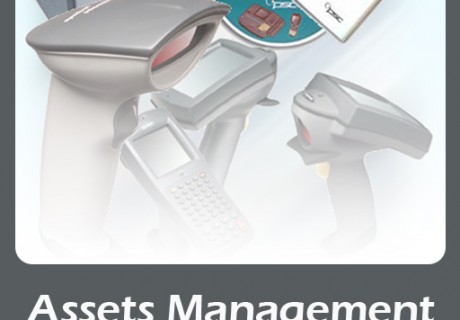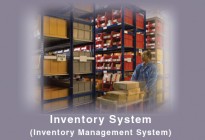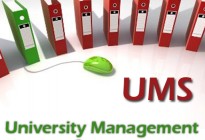Our Assets’ Management System is a software application made to help your organization to select, maintain, review and renew tangible and intangible assets. This system can play a key role in determining the operational performance and profitability of any organization that operates assets as part of its core business.
Details
Assets, and value realized from them, are the basis for any organization delivering what it aims to do. Whether public or private sector and whether the assets are physical, financial, human or intangible, our assets management system maximizes value-for-money and satisfaction of stakeholders expectations. It involves the coordinated and optimized planning, asset selection, acquisition/development, utilization, care (maintenance) and ultimate disposal or renewal of the appropriate assets and asset systems. Insights into the integration and optimization of asset management have developed since the 1990s, to identify a range of essential business processes, alignment activities and system integration features that yield very significant performance benefits. We can design and develop a complete system that matches the requirement of your organization. Our dedicated team of highly trained and qualified System Analysts, Financial Experts and Software Developerscan customize this software to meet your needs and hencepromises cost reduction, improved performance, real-time reporting, convenience in financial planning/budgeting/controlling/reconciliation, easy monitoring of arrears and bottlenecks.
Available Features/Functions/Modules
Accounts Management System is globally considered one of the core component of any Management Information System. iFahja takes this notion to the next level by offering the following features;
- Expenses calculation (Actual versus Budgeted)
- Real-time reporting pertaining to complete financial Cycle
- Tracking all accounts and related contacts, opportunities and other details from a common repository
- Associating accounts and related subsidiaries or sub divisions by setting parent-child identifiers
- Generate printer savvy sales quotes, invoices and sales orders for the accounts
- Storing notes pertaining to accounts and keep track of contacts, opportunities and other details more elaborately
- Production of inventory/stock versus production reports
- Exporting accounts to spreadsheet software to analyze the buying patterns of a customers and set up loyalty programs
- Tracking purchase history of the customers and analyze opportunities for up-selling and cross-selling in future





